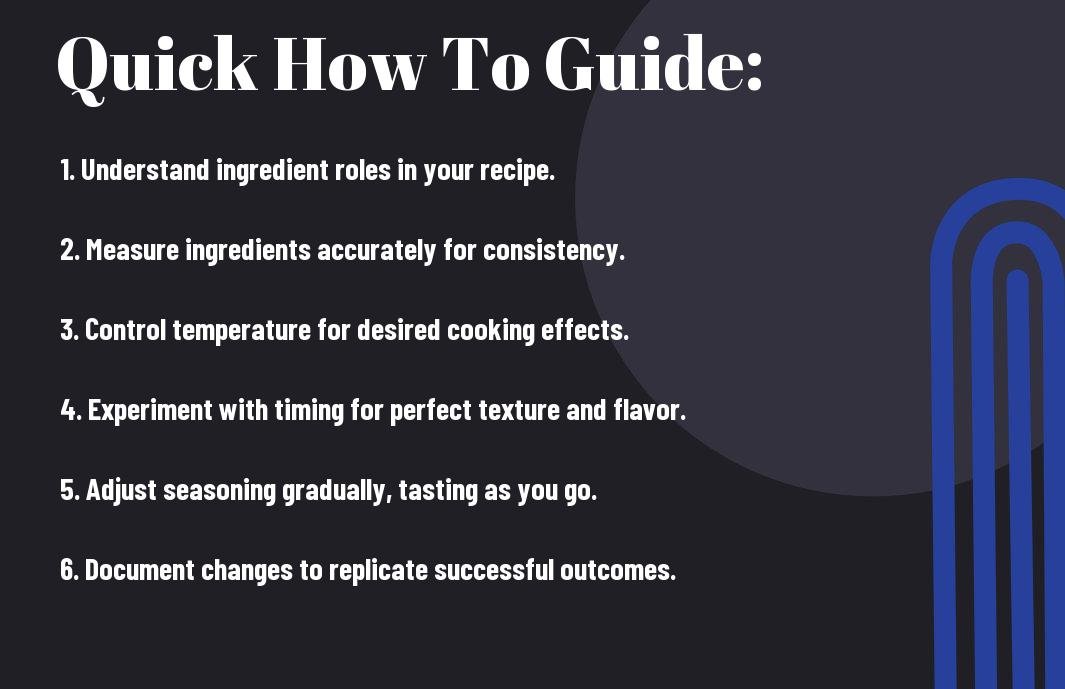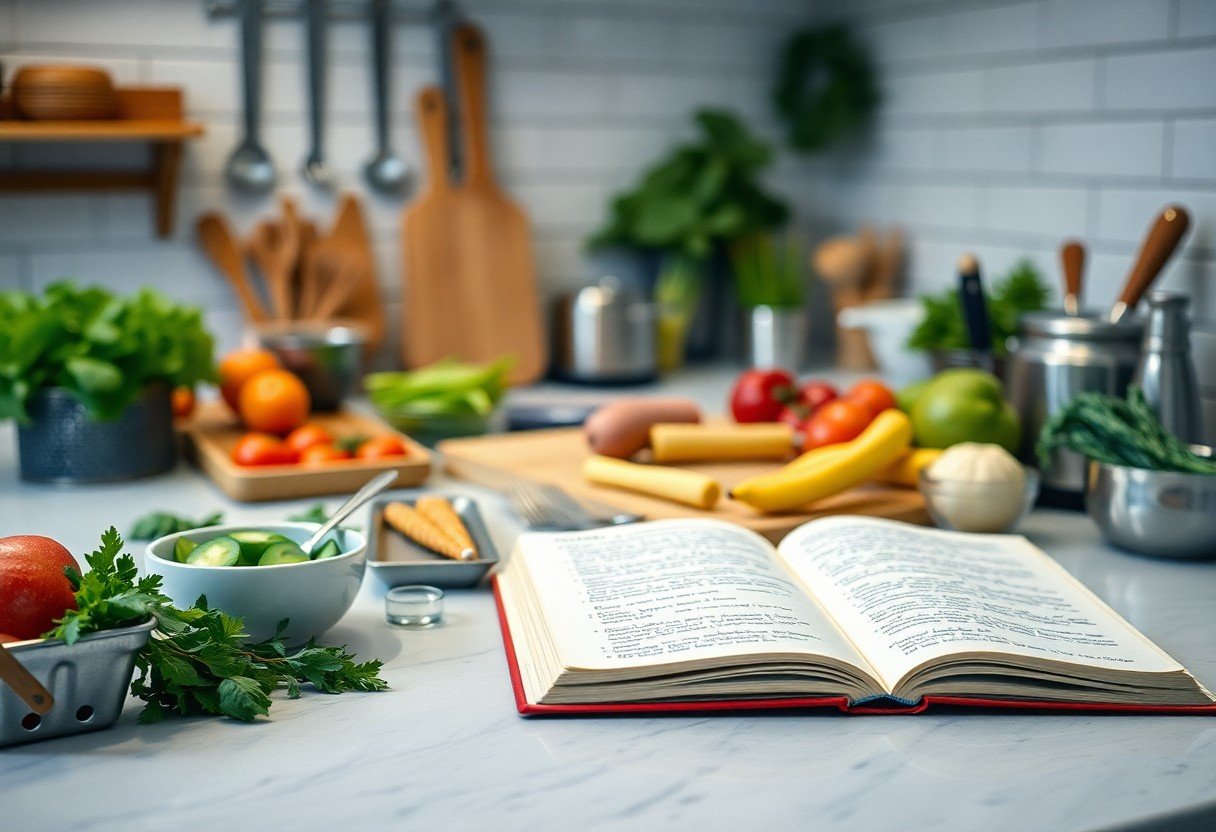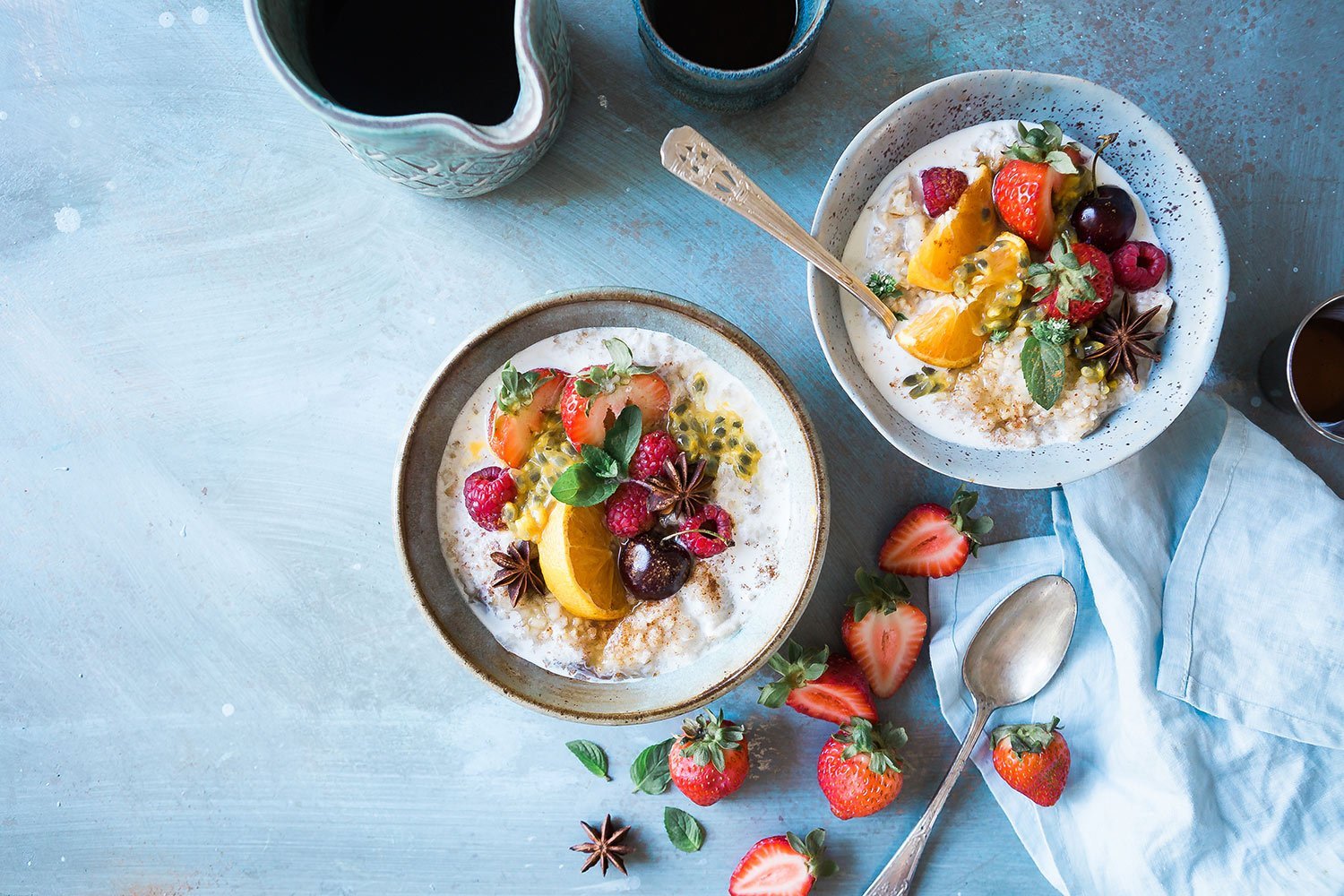Most home cooks strive to achieve the ideal flavor and texture in their dishes, yet the secret often lies in understanding the science behind cooking. By grasping how ingredients interact and how cooking techniques influence the final outcome, you can elevate your culinary skills to new heights. This guide will walk you through vital principles that will enhance the taste and quality of your favorite recipes, ensuring you can recreate them with confidence and precision every time you step into the kitchen.

How to Choose the Right Ingredients
To create dishes that not only taste great but also deliver optimal nutrition, selecting the right ingredients is crucial. This involves understanding how the source, handling, and preparation of ingredients can significantly affect the outcome of your favorite recipes. By paying attention to factors such as freshness, quality, and seasonality, you’ll enhance both the flavor profile and the overall success of your culinary endeavors.
Understanding Freshness and Quality
Little do many people know, the freshness and quality of your ingredients play a vital role in determining the flavor and texture of your dishes. Opt for fresh produce, as its flavor peaks right after harvest. Check for signs of quality such as vibrant colors, firm textures, and no blemishes, which all indicate that you are choosing the best ingredients possible.
The Role of Seasonality
The seasonality of ingredients greatly influences their taste, availability, and nutritional value. Using seasonal produce means you’ll find ingredients that are naturally more flavorful and cost-effective. Seasonal items have not travelled far and are often harvested at their peak ripeness, providing you with the best ingredients to incorporate into your meals, showcasing what nature has to offer through each season.
Freshness is key to maximizing the nutritional benefits of your meals. Seasonal ingredients are not only cheaper but also at their most flavorful and nutritious. When you select produce that is in season, you are likely to enjoy sweeter fruits and crisper vegetables, enhancing the taste of your dishes. Additionally, seasonal cooking supports local farmers and reduces environmental impact, making it a great choice for both your palate and conscience.
How to Master Cooking Techniques
There’s a world of possibilities in the kitchen when you master cooking techniques. Understanding these methods is crucial for elevating your culinary skills and achieving delicious results in your favorite recipes. By focusing on fundamental techniques, you can enhance your confidence and creativity while cooking, allowing you to create consistently fantastic dishes.
Essential Cooking Methods
The key to becoming a better cook lies in familiarizing yourself with crucial cooking methods. Here’s a brief overview of techniques you should master:
| Boiling | Cooking food in water at high temperatures. |
| Sautéing | Quickly cooking food in a small amount of oil over high heat. |
| Baking | Cooking food evenly in an oven using dry heat. |
| Grilling | Cooking food over direct heat, enhancing flavor through char. |
Temperature Control for Perfect Results
Little adjustments in temperature can drastically affect your dishes’ outcomes. Proper temperature control will ensure your meals are cooked perfectly, avoiding undercooking or burning. Mastering this skill will take your cooking to the next level.
| Oven Temperatures | Different dishes require varying oven temperatures; follow your recipe. |
| Cooking Meat | Use a meat thermometer for precise doneness and safety. |
| Resting Time | Let proteins rest after cooking to redistribute juices. |
| Cooling Foods | Chill perishables promptly to avoid foodborne illnesses. |
A comprehensive understanding of temperature control is imperative for achieving perfect results in your cooking. It enables you to create dishes that are not only visually appealing but also safe to eat. Control cooking temperatures carefully to maintain moisture and flavor, and always use a thermometer for accuracy. Whether you are searing meat or baking pastries, this knowledge allows you to prevent mistakes that can lead to unpleasant flavors or food safety concerns.

Tips for Flavor Enhancement
After you’ve prepared your ingredients, consider these tips for enhancing flavor in your favorite recipes:
- Always taste as you cook to adjust seasoning.
- Use acid to brighten flavors, such as lemon or vinegar.
- Finish dishes with a sprinkle of salt to elevate all the flavors.
- Incorporate umami boosters like mushrooms, tomatoes, or soy sauce.
- Don’t hesitate to layer flavors by adding ingredients sequentially.
Perceiving these adjustments while cooking will enhance your culinary results significantly.
Balancing Seasoning
Little tweaks in seasoning can transform your dish from bland to exquisite. Start with a base of salt, which brings out the inherent flavors of your ingredients. Following that, consider adding a touch of sweetness, perhaps from sugar or honey, to balance out acidity. Don’t overlook the importance of tasting regularly, adjusting the seasoning to achieve that perfect harmony between sweet, salty, and sour elements.
Using Herbs and Spices Effectively
Some herbs and spices pack a powerful punch in your cooking. Learning how to harness their potential is vital for flavor enhancement. You can utilize fresh herbs like basil or cilantro to add brightness. Dried herbs, on the other hand, can be more concentrated, so use them sparingly to avoid overpowering your dish.
For instance, when using dried thyme, you may discover that just a pinch can add a significant depth of flavor to your stew. Applying spices like cumin or paprika could bring warmth and complexity, while certain aromatics like garlic or onion provide a reliable base. Be cautious, however, as using too much of an overpowering spice could quickly overshadow your dish’s natural flavors. Start small and gradually increase to find the perfect balance unique to your palate.

Factors Affecting Cooking Time
Once again, the science behind cooking is influenced by various factors that can significantly alter the time it takes to achieve the perfect dish. These factors include:
- Ingredient thickness
- Temperature
- Altitude
- Oven type
- Moisture content
You can explore deeper into the Science of Cooking: What Recipes May Not Tell You. Thou must pay close attention to these factors to optimize your cooking experience.
Thickness and Size of Ingredients
To ensure even cooking, the thickness and size of your ingredients are vital. Thicker cuts require longer cooking times, while smaller pieces cook more quickly. Adjusting your cooking time according to these factors can make a significant difference in achieving the desired texture and flavor in your dishes.
Equipment Variability
Now, consider how your equipment can impact cooking time. Different types of ovens, stoves, and cookware can heat differently, leading to variations in cooking results. For example, convection ovens cook food faster than traditional ovens, while cast iron pans may retain heat longer than non-stick options.
It is important for you to understand that the type of equipment you use can also pose safety risks if not handled properly. Gas stoves can cause uneven heat distribution and flare-ups, while pressure cookers can be dangerous if not used according to guidelines. Always ensure your tools are in good condition and use them as intended to create a positive cooking experience. Your success in the kitchen is not just about your ingredients, but also the tools you choose to work with.
How to Adjust Recipes for Dietary Needs
All recipes can be adapted to suit your specific dietary requirements, whether you’re gluten-free, vegan, or managing allergies. Understanding the science behind how ingredients work together allows you to make informed substitutions and modifications. By focusing on flavors, textures, and nutritional values, you can ensure that your favorite meals remain enjoyable and safe to eat.
Substitutions for Common Ingredients
Assuming you have specific dietary restrictions, there are numerous substitutions you can make without sacrificing flavor or texture in your favorite recipes. For instance, if you’re avoiding dairy, you can use almond or soy milk in place of cow’s milk. For gluten allergies, consider substituting regular flour with almond or rice flour. By keeping a list of reliable alternatives tailored to your needs, you’ll streamline meal preparation and enjoy variety in your cooking.
Modifying Cooking Methods
With your dietary needs in mind, you may need to adjust cooking methods to maintain the desired taste and texture of your meals. For example, if you’re aiming for a lower-fat option, try steaming or roasting instead of frying. If your goal is to enhance nutrients, consider using methods like blanching or grilling, which can preserve vitamins. Making thoughtful adjustments in how you cook can significantly impact the healthfulness of your meals without compromising their flavors.
Needs can vary widely, and understanding the best cooking methods can enhance your overall dining experience. Whether you are eliminating added sugars or adjusting for lower temperatures to manage heat sensitivity, focusing on cooking techniques is imperative. Steaming retains more nutrients compared to boiling, while grilling can add depth to the flavors of lean meats and vegetables. Avoiding methods that require excess oils or high temperatures will benefit your health. Tailor your cooking to align with your dietary goals, enabling a positive shift in your dietary habits.
Troubleshooting Common Cooking Mistakes
Despite the best intentions, cooking can sometimes go awry. From overcooked pasta to underseasoned sauces, these mistakes can leave you frustrated. Recognizing and addressing these issues allows you to not only salvage your dish but also enhance your culinary skills. With a little knowledge and practice, you can turn cooking mishaps into successful living lessons and delicious meals.
Identifying Issues in Your Dish
If you notice that your dish is not coming out as planned, the first step is to evaluate what might be wrong. Look for signs like texture and flavor discrepancies. Is your sauce too thick or too thin? Does it taste bland or overly salty? Paying attention to these details will help you pinpoint the issue, making it easier to devise a solution.
Quick Fixes for Cooking Errors
For many cooking errors, simple adjustments can restore your dish to its intended glory. Frequently, adding an acid like lemon juice or vinegar can balance flavors, while a bit of water or stock can correct overly thick consistency. A pinch of sugar might counteract excess saltiness, and herbs or spices can enhance bland dishes, allowing you to save what would otherwise be a culinary failure.
Identifying the right fix for your cooking errors often requires experimentation. For example, if your sauce is too salty, try adding potatoes to absorb some of the salt or diluting it with more liquid to achieve the desired flavor balance. If your meat is tough, a gentle braising can lead to more tenderness, while stale bread can revert sogginess in a casserole. Keep in mind that not every mistake can be completely repaired, but with practice and knowledge, you can frequently turn potential disasters into delightful dishes.
Summing up
Upon reflecting, you can appreciate that mastering the science of cooking elevates your culinary skills and enhances your enjoyment in the kitchen. By understanding the principles behind your favorite recipes, you can experiment confidently and achieve delightful results every time. For a deeper explore this subject, consider exploring The Science of Cooking: Every Question Answered to …, which offers valuable insights that will transform your cooking experience.









